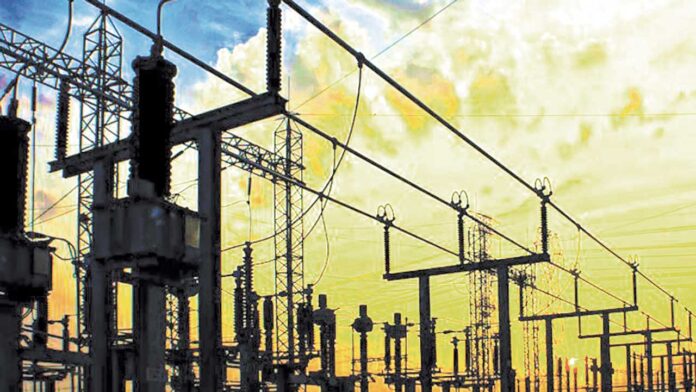National grid to get boost from 9 hydropower projects
By Jeph Ajobaju, Chief Copy Editor
Nine hydropower projects, some completed, some ongoing, are expected to add 2,672 megawatts (mw) to the national grid and increase power supply to reduce blackouts, the second greatest barrier to Nigeria’s growth after financial corruption.
The projects are contained in the latest document produced by the Ministry of Water Resources in Abuja.
The hydropower projects, located in five states – Kaduna, Taraba, Gombe, Benue and Nasarawa – include
- 30 mw Gurara I in Kaduna, completed and concessioned
- 360 mw Gurara II in Kaduna, with its engineering, procurement, and construction contract awarded.
- 40 mw Kashimbila in Taraba
- 40 mw Dadin-Kowa in Gombe
- 40 mw Itisi in Kaduna
_________________________________________________________________
Related articles:
Nearly 60% of power consumers still lack meters, says NERC
Neighbouring countries owe Nigeria N770m in power bill
Solar power system to generate $10m yearly in import substitution
FEC approves four projects to improve power supply
__________________________________________________________________
Current capacity
Installed generation capacity from all power sources is currently 16,384 mw but output is an average 4,000 mw serving Nigeria’s population of 206 million.
Urban connection to electricity is 86 per cent and rural 34 per cent, according to data on usaid.gov/powerafrica.
In contrast, installed generation capacity in South Africa – with a population of 60 million – is 58,095mw, produced for both local consumption and sale to neighbouring countries.
Urban connection is 95 per cent and rural 92 per cent.
Nigeria is Africa’s largest economy by volume based mainly on crude oil. But South Africa is the most developed country on the continent.
Apart from endemic financial corruption, unstable power supply is the biggest hindrance to Nigeria’s economic growth.
By March 2020, Nigerians were running private power generators at a cost of $14 billion per year to prevent the collapse of lives and businesses through unstable electricity supply from the national grid.
The amount was disclosed by Director in charge of African Development Bank (AfDB) in Nigeria, Ebrima Faal, who said it would have a negative impact on the power sector.
In 2019, Nigerians spent about $12 billion fueling private power generators.
Completed projects for concessioning
The PUNCH reports that the document from the Water Resources Ministry shows that both the Kashimbila and Dadin-Kowa projects have been completed and are ready for concessioning.
A Memorandum of Understanding (MoU) has been signed with the Kaduna government on the Itisi project.
Three other hydropower projects are located in Benue. They are
- 182 mw – Bawarku
- 1,500 mw – Makurdi
- 460 mw – Katsina-Ala
The ministry said the Bawarku project is in its Outline Business Case approval stage by the Infrastructure Concession Regulatory Commission (ICRC), and the Makurdi project is undergoing revalidation of ICRC certification.
The Outline Business Case for the Katsina-Ala project is ongoing, according to the ministry.
The ninth plant is the 20 mw Farin-Ruwa project in Nasarawa, which contract has been awarded.
“Nigeria has a hydropower potential of 12,220MW, unfortunately, less than 2,000MW of this has been developed at Kainji, Jebba and Shiroro dams.
“This explains the urgency of harnessing the nation’s hydropower potentials to meet the country’s power needs,” the document said.
The ministry disclosed that it has pursued with success since 2015 the completion of inherited hydropower projects across the country.
Water Resources Minister Suleiman Adamu explained that Abuja is not privatising its dams, rather some are in concession, particularly those for power generation.













